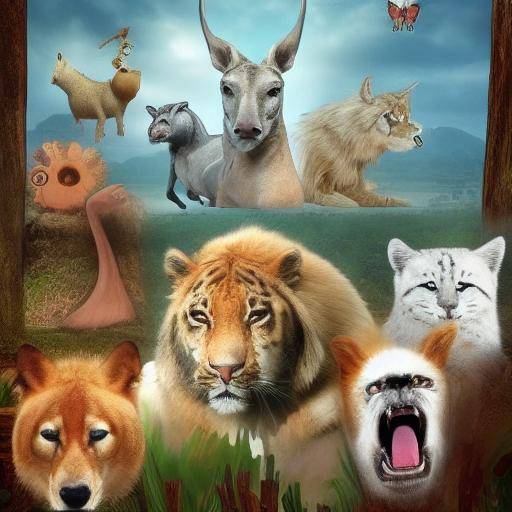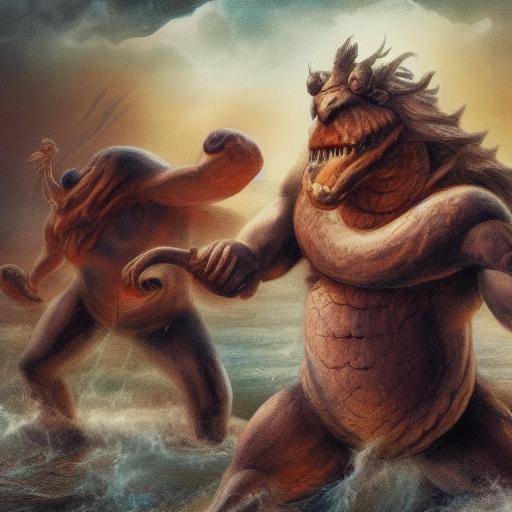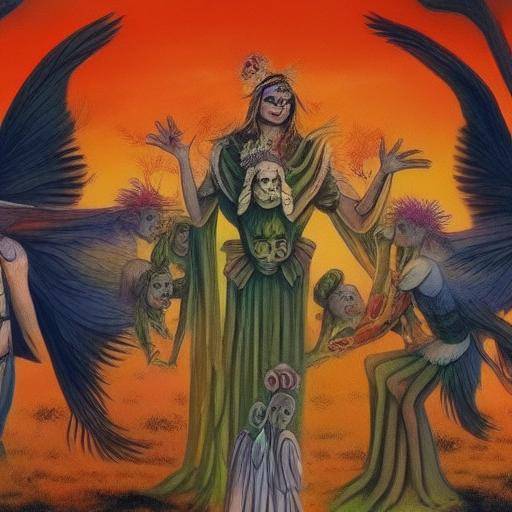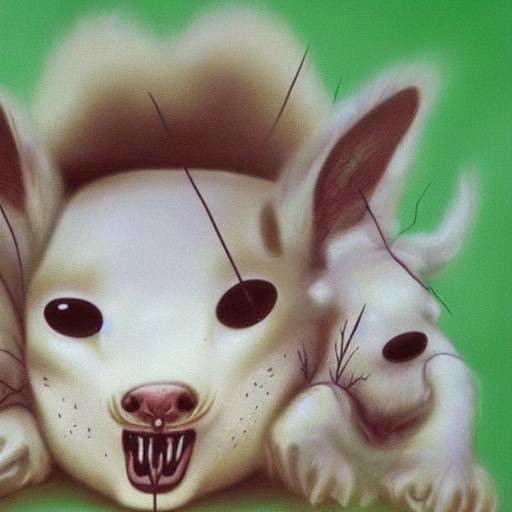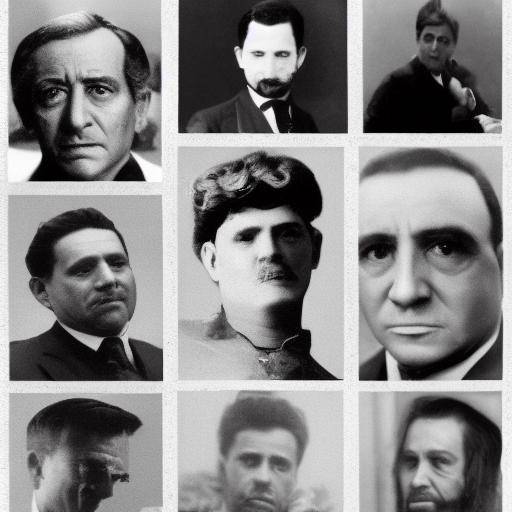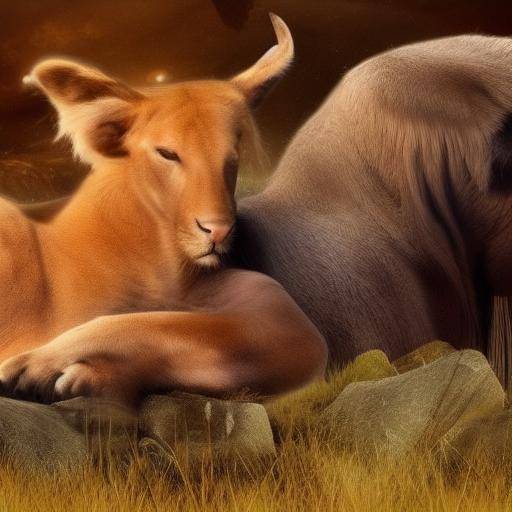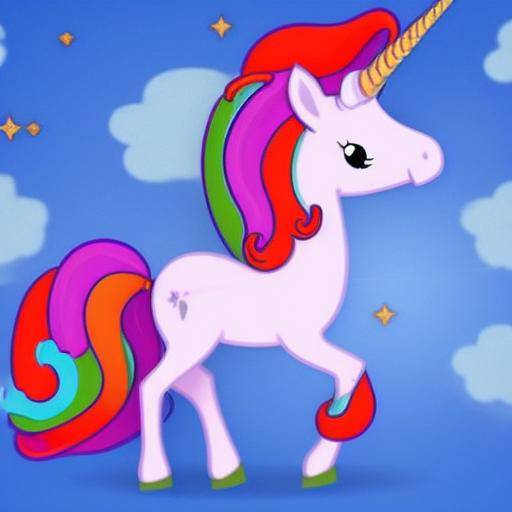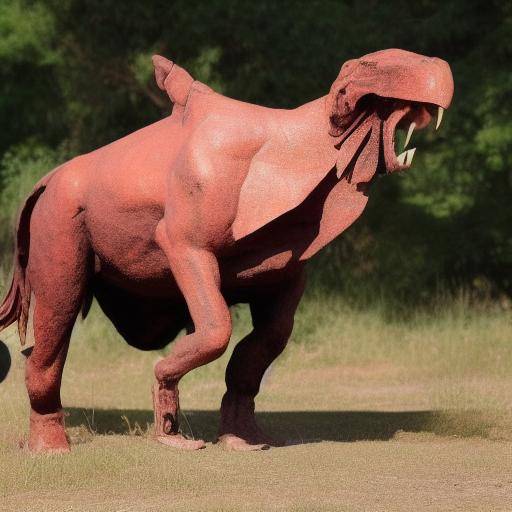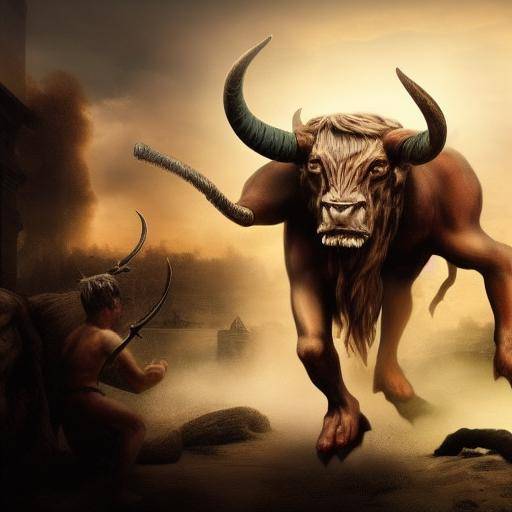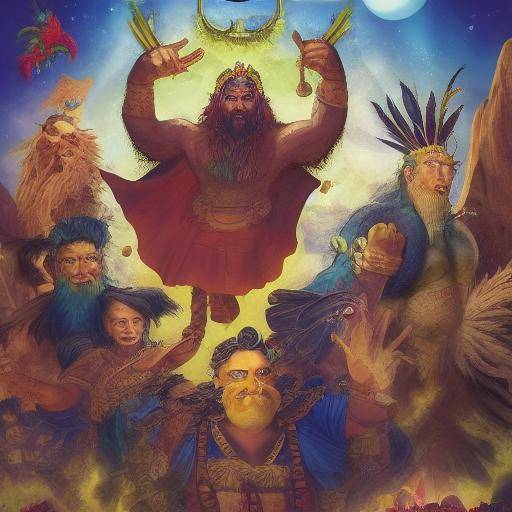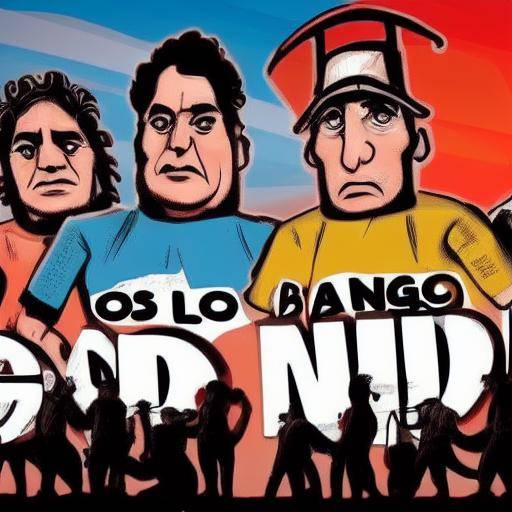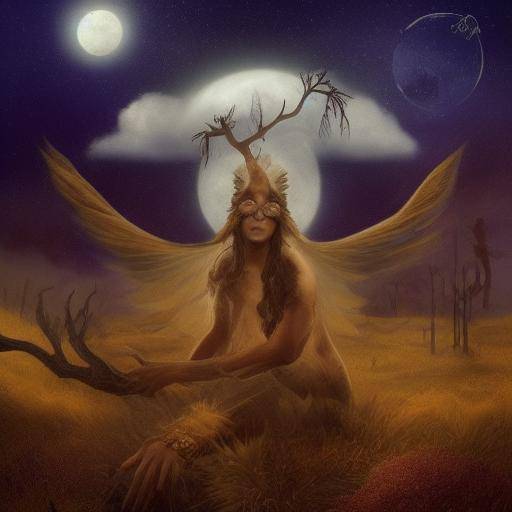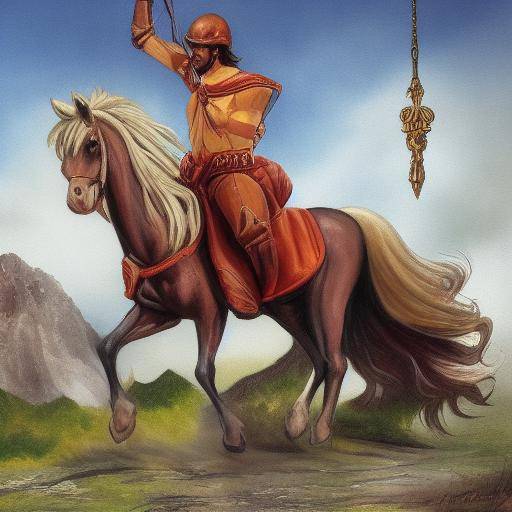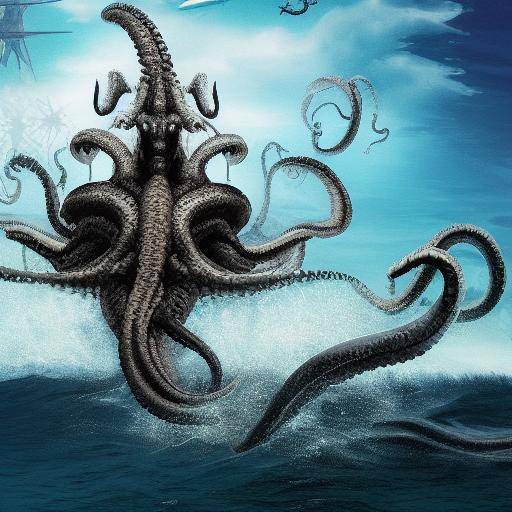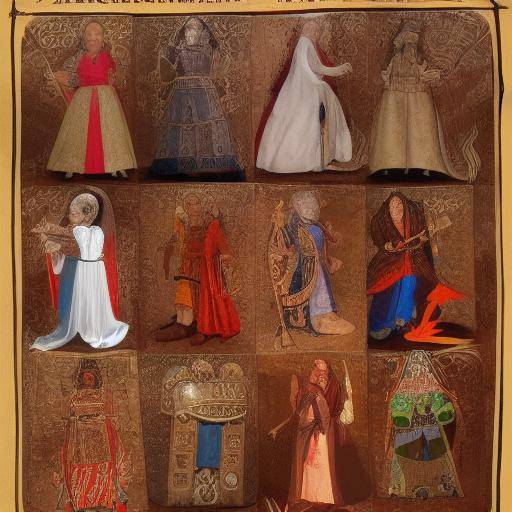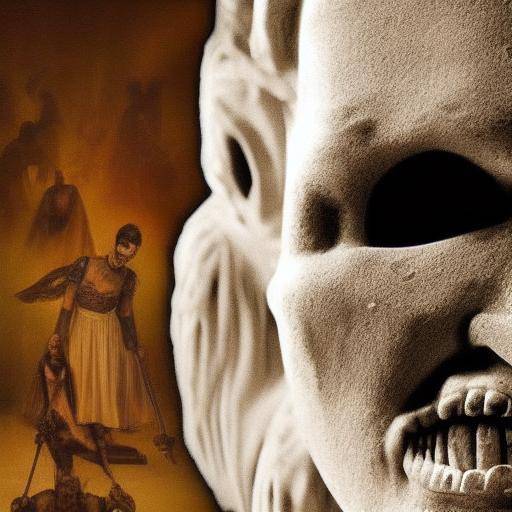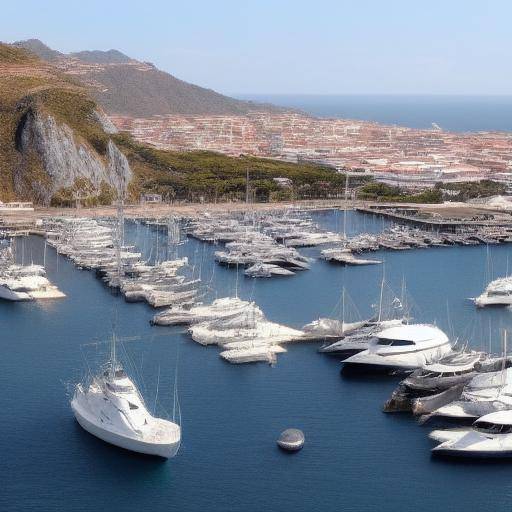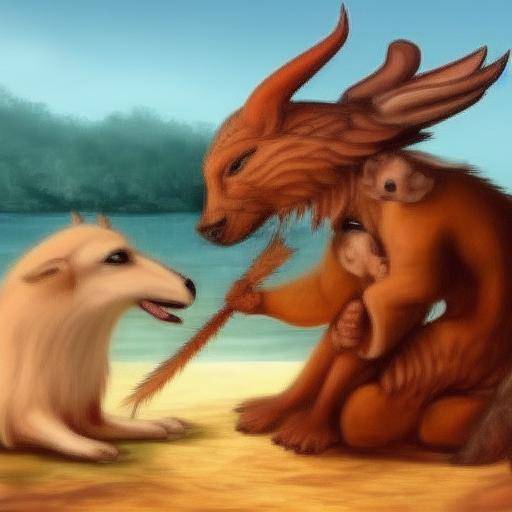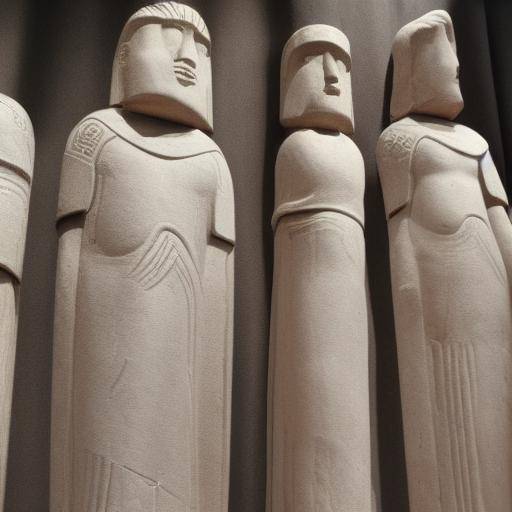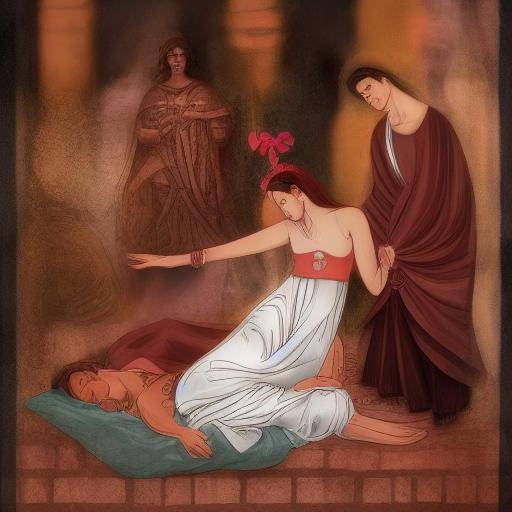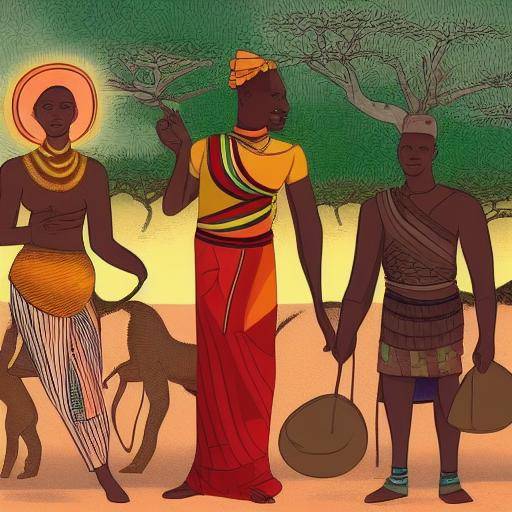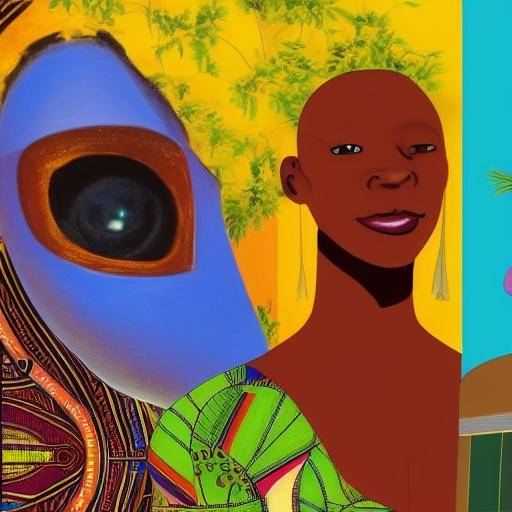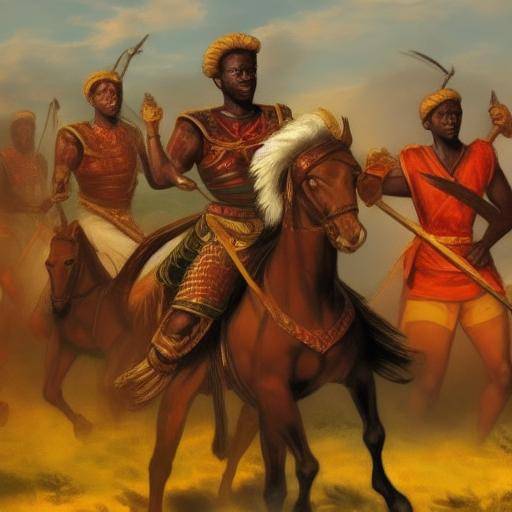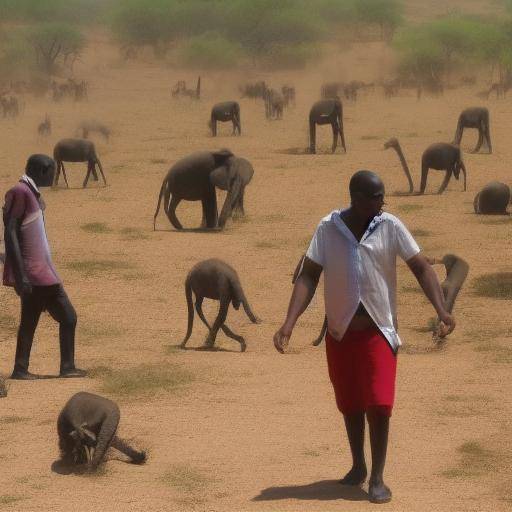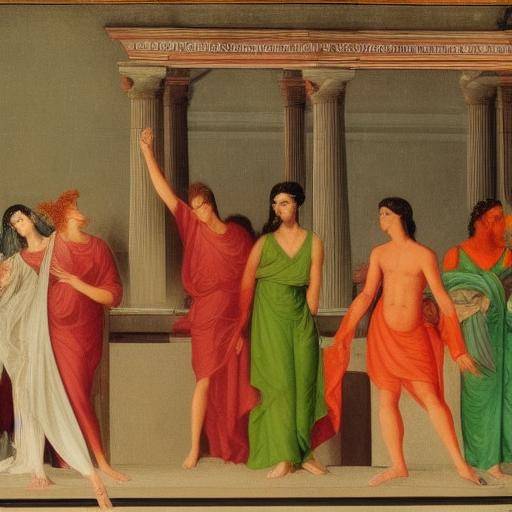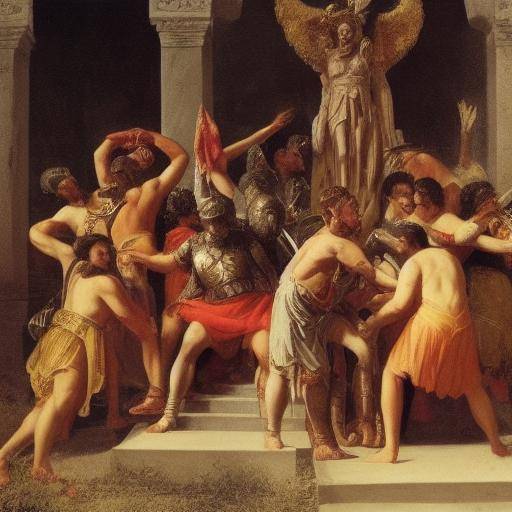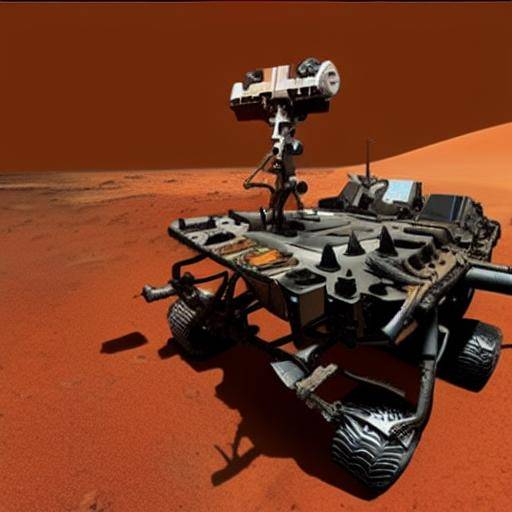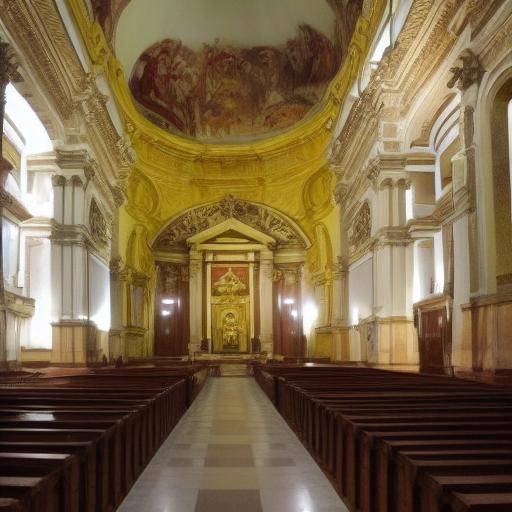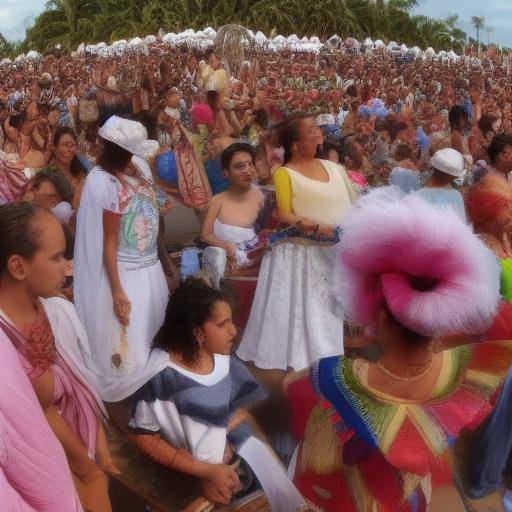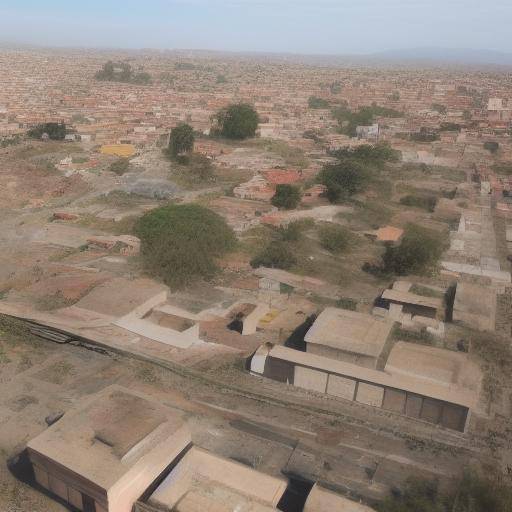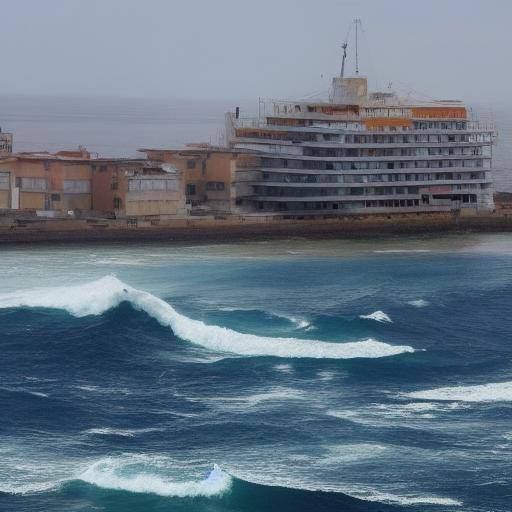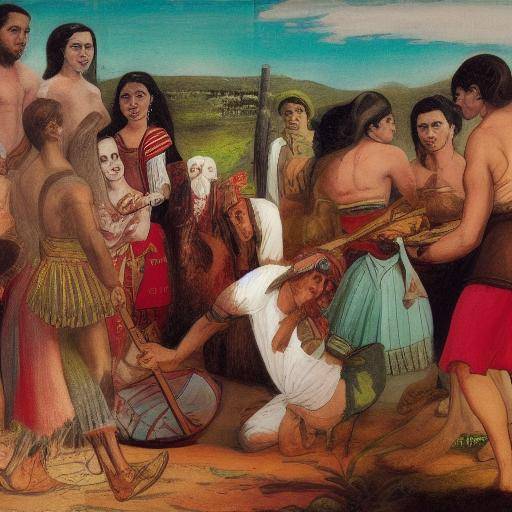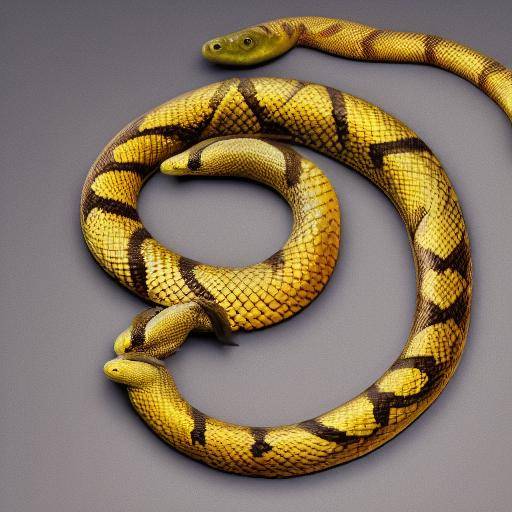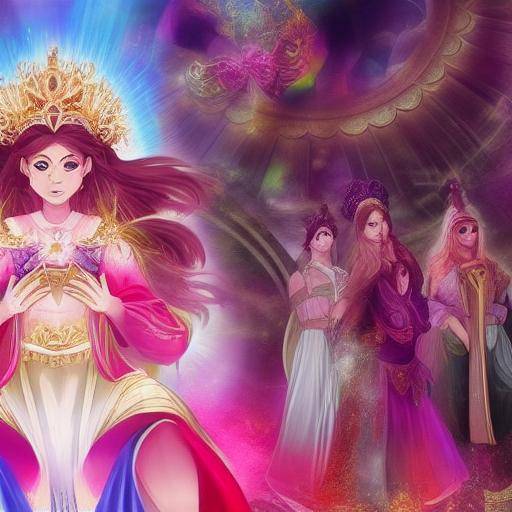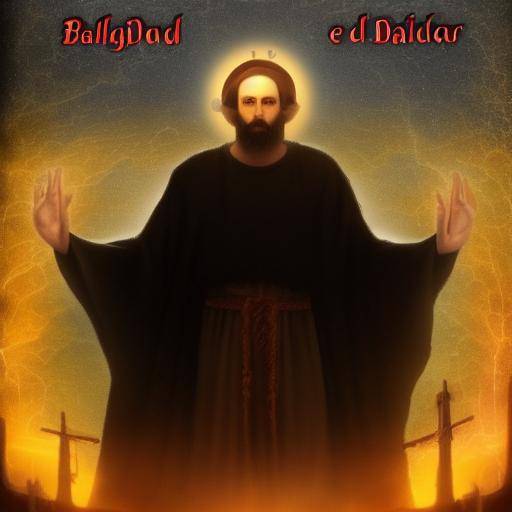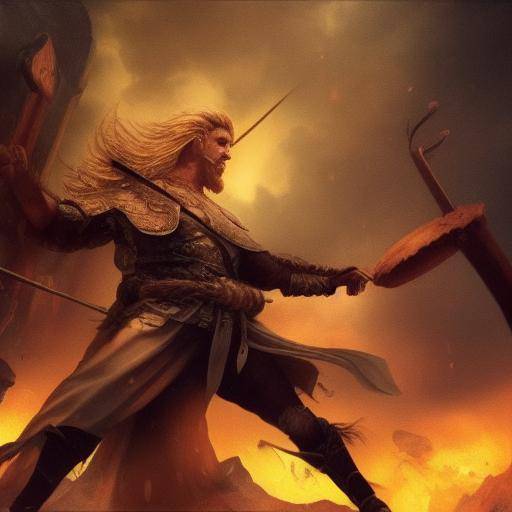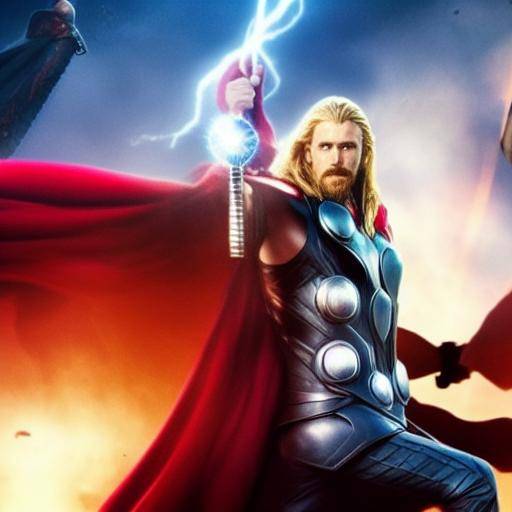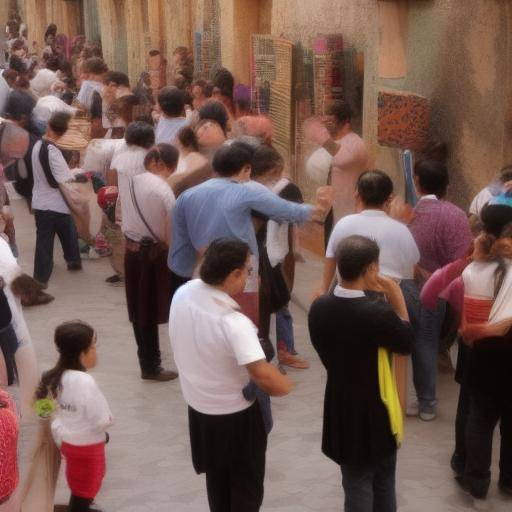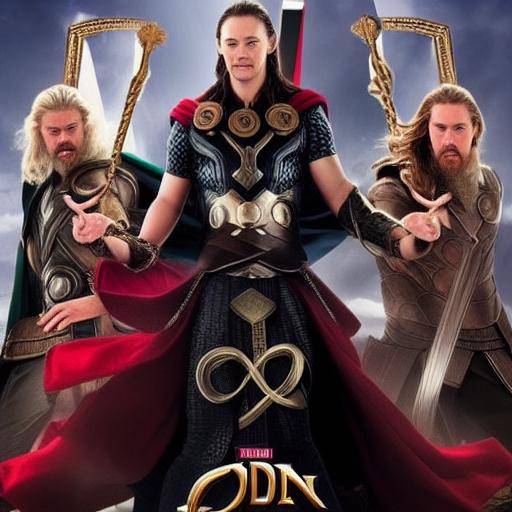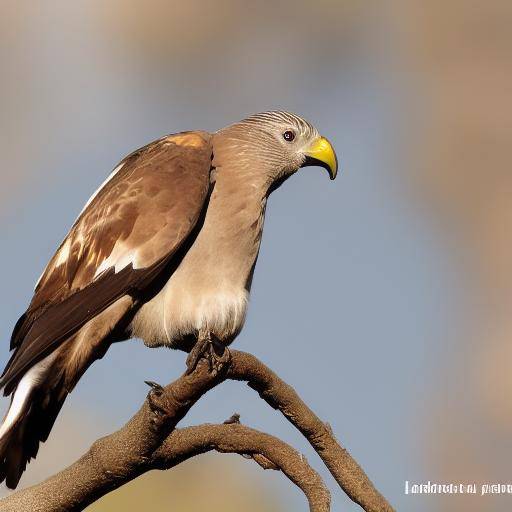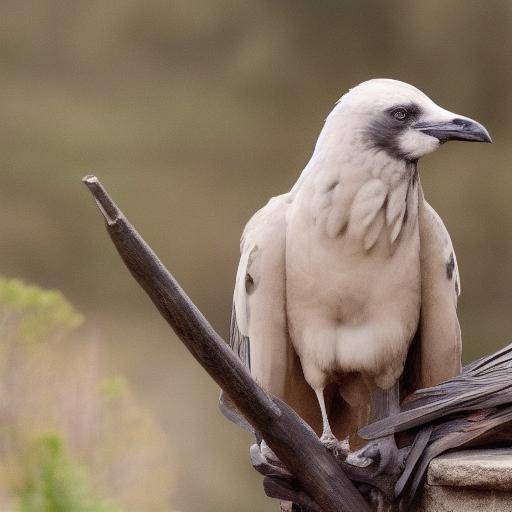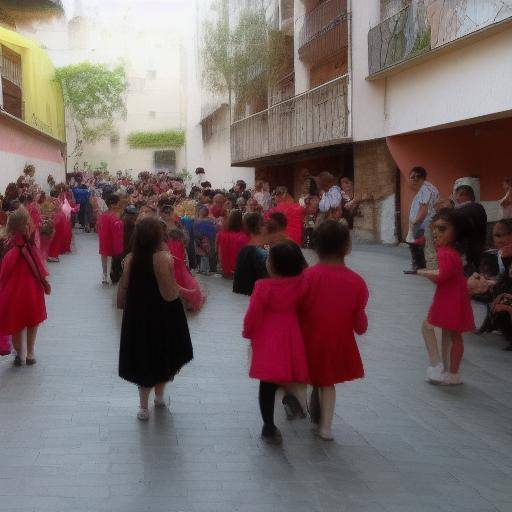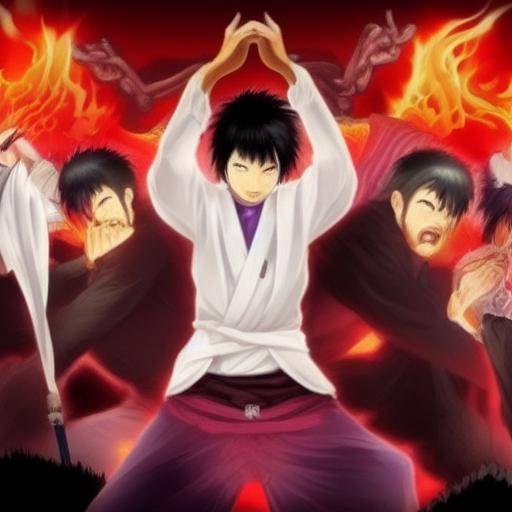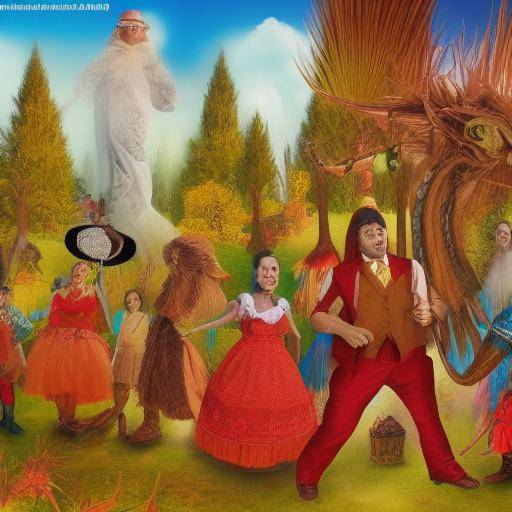
Introduction
In every corner of the world, cultures have created a unique universe of mythical beings that endure in time, inspiring narratives, art and beliefs. From the jungles of South America to the remote confines of Asia, fantastic creatures have been a fundamental part of world folklore and mythology. This journey through legends and myths offers a fascinating view of the different cultures and their interpretations of the world around them. In this article, we will explore in detail the wealth of fantastic creatures, world folklore and mythology, providing a wide tour of these fascinating cultural manifestations.
History and background
The study of fantastic creatures dates back to ancient times, where the various civilizations shared stories about extraordinary beings living in different places. Mythologies such as the Greek, Nordic, Egyptian, Chinese and Inca, among many others, gave life to a vast pantheon of magical and divine beings. These stories not only entertained old societies, but also served as tools to explain natural phenomena, instill moral values and convey cultural identity. Over the centuries, these narratives have evolved, adapting to new realities and persisting as an essential part of world folklore.
In the modern era, the study of folklore and mythology has provided an invaluable window to past societies and their social structures. Researchers have been able to better understand the beliefs, fears and values of civilizations that have already disappeared thanks to the legacy of the fantastic creatures and the stories that engendered them. In addition, contemporary folklore also continues to generate new mythological figures, adapted to the digital era and the changing realities of society.
Throughout history, fantastic creatures have reflected and shaped collective imagery, influencing literature, cinema, video games and other artistic expressions. From dragons and chimeras to geniuses and spirits, these powerful representations symbolize a lasting testament to human creativity and unbridled imagination.
In-depth analysis
At present, the study of folklore and mythology represents an interdisciplinary field that covers anthropological, sociological, literary, historical and cultural aspects. This diversity of approaches reveals the wealth and complexity of the universe of fantastic creatures, world folklore and mythology. On the one hand, academic analysis provides a more holistic understanding of the sociocultural dynamics of communities, through the lens of their mythological beliefs and narratives.
Comprehensive review
Fantastic creatures have not only captivated audiences of various ages and origins, they have also been subjected to critical and theoretical analysis by academics, researchers and experts. The diversity and universality of these mythological stories allow a deep understanding of the cultures that have created them. The images of mythical beings such as the kraken, the yeti, the basilisco or the cocksucker have transcended national borders, drawing a global bridge between different traditions and cosmovisions.
Comparative analysis
In exploring the fantastic creatures, world folklore and mythology, the multitude of similarities and contrasts that define these folklore manifestations throughout and across the planet becomes evident. Studying these stories, it is possible to identify shared patterns and themes among seemingly disparate cultures. For example, the presence of aquatic beings in narratives of different regions reveals fundamental links with the vision that the human being has of the bodies of water as mysterious and often dangerous spaces.
Practical advice and advice applied:
- Make the most of social networks: Use platforms like Instagram, Facebook, TikTok, Twitter and YouTube to share stories, images and artistic representations of fantastic creatures. Through the power of visualization, you can divulge world folklore and mythology in an easily accessible way for audiences of all ages.
- Organize cultural events: Consider organizing folklore fairs, thematic exhibitions and conferences on mythology. These events will not only encourage public interest in these issues, they will also promote greater understanding and appreciation for cultural diversity in the world.
- Support the digital: Create web sites, blogs and online platforms dedicated to the study and dissemination of folklore and mythology. Publish articles, interviews and videos related to fantastic creatures and traditional legends. Take advantage of resources such as podcasts to expand this content to new audiences.
Industry perspectives and expert opinions
It is essential to consider the opinions and analysis of experts in each field related to fantastic creatures, world folklore and mythology. The contribution of scholars, anthropologists, archaeologists, writers, filmmakers and other professionals enriches the understanding and appreciation of the vast acquis of cultural narratives. Through interviews, research and debates, it is possible to see the possible directions that these traditions will take in the future.
According to the cultural anthropologist Maria Fernanda Sánchez, "The fantastic creatures, far from being mere inventions, enclose the wisdom and the worldview of entire cultures. Their impact transcends mere entertainment, acting as prisms through which the collective identity and imagination of a people are reflected. "
Case studies and applications in real life
The influence of fantastic creatures and world folklore encompasses a wide range of fields, from tourism to education, entertainment and cultural development. Tourist destinations such as Scotland, Greece, Peru and Japan have been able to capitalize on the attractiveness of their mythological legends, attracting visitors from all over the world interested in diving into the rich mythical and folkloric heritage of these places.
Future trends and predictions
As the world continues to transform and globalize, the study of folklore, mythology and fantastic creatures will be influenced by a series of emerging trends. Climate change, technology, migration and cultural diversity, among other factors, will influence the formation of new mythological narratives and the reinterpretation of existing ones. It is also expected that the rise of digital platforms and transmedia narrative will contribute to the globalized dissemination of these stories.
Conclusion
The rich and vibrant network of fantastic creatures, world folklore and mythology invites us to a wonderful journey through the diversity of human cultures and their collective imaginations. These extraordinary narratives enclose wisdom, emotion and a deep sense of belonging that transcends time and space. By exploring them, we open a window to understanding and respect for cultural diversity, and embark on a journey to the very essence of humanity.
Frequently asked questions about fantastic creatures, world folklore and mythology
What is the difference between a fantastic creature and a mythological being?
Fantastic creatures are often defined as imaginary beings that do not belong to the real world, while mythological beings are mythical figures present in the cultural narratives of different civilizations.
What role do fantastic creatures play in the current popular culture?
Fantastic creatures have an active role in popular culture, appearing in movies, television series, video games, literature and works of art where they capture the imagination of the public and become recognizable icons around the world.
How does world folklore relate to cultural identity?
World folklore is an integral part of the cultural identity of a society, as it reflects its beliefs, values, traditions and worldview. Through folklore, communities keep their roots alive and establish connections with their past.
What are some of the most famous fantastic creatures in different regions of the world?
Some fantastic iconic creatures are the Chinese dragon, the Irish leprechaun, the kraken of Nordic mythology, the Mexican chu-tulus, and the Japanese tengu, among many others.
How has the interpretation of fantastic creatures evolved over time?
The interpretation of fantastic creatures has undergone significant changes over the centuries, influenced by cultural, social and technological factors. Modern representations of these creatures often reflect contemporary concerns and constantly changing cultural values.
How do fantastic creatures and mythology intertwine in literary and artistic creation?
Fantastic creatures and mythology have been a source of inspiration for countless literary, artistic and cinematic works. These mythical beings have become essential elements of narrative and imagery in various cultural expressions.
What is the importance of preserving and studying world folklore and mythology today?
The study and preservation of world folklore and mythology are fundamental to understanding cultural diversity and promoting intercultural respect. These traditions convey values, ancestral knowledge and a deep understanding of human condition over time.
With this exciting exploration of fantastic creatures, world folklore and mythology, we have unraveled a fascinating universe of cultural narratives and manifestations. Its influence persists today, inspiring creativity, fostering cultural understanding and connecting people through mystery and wonder. The richness of the myths and legends we have discovered reminds us that, despite our differences, we share a common legacy of imagination and wisdom that deserves to be celebrated and preserved.

